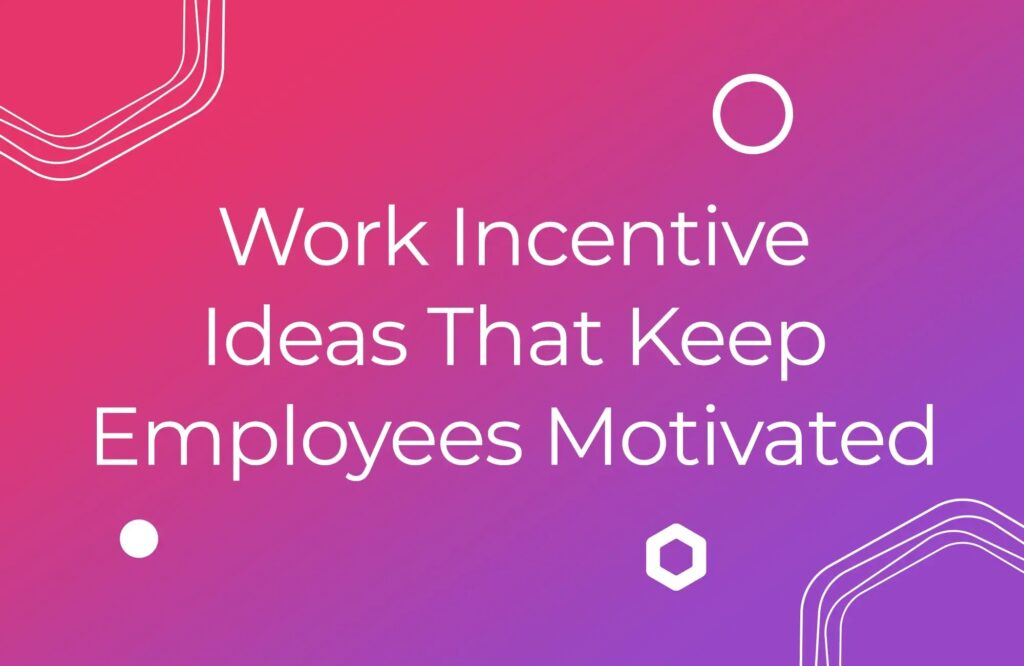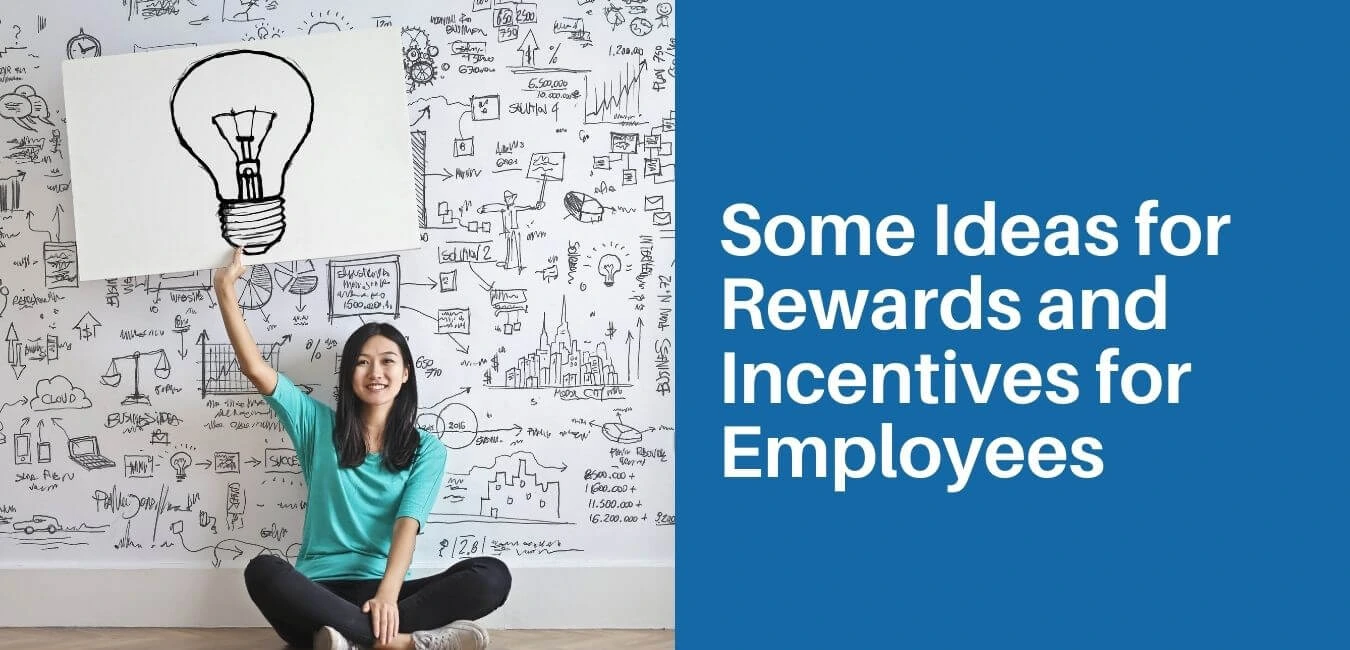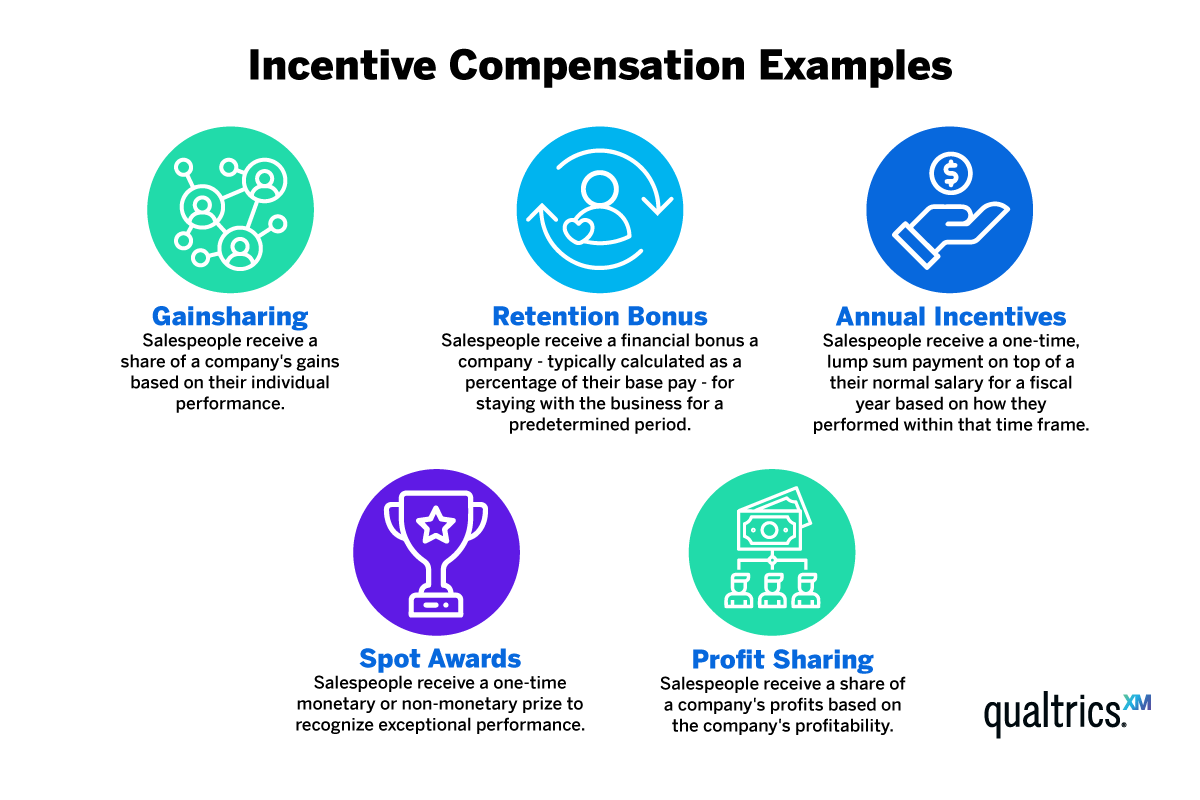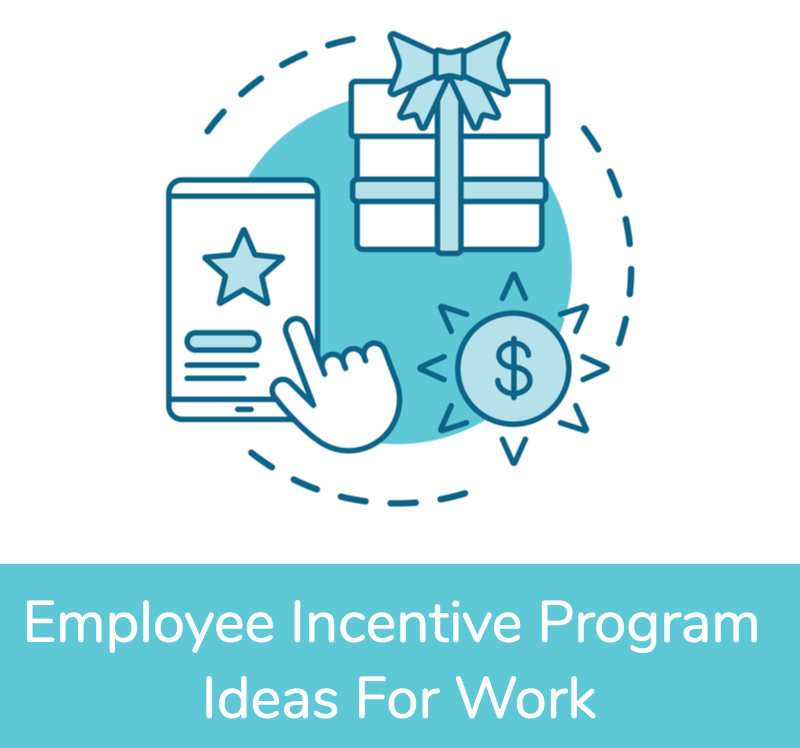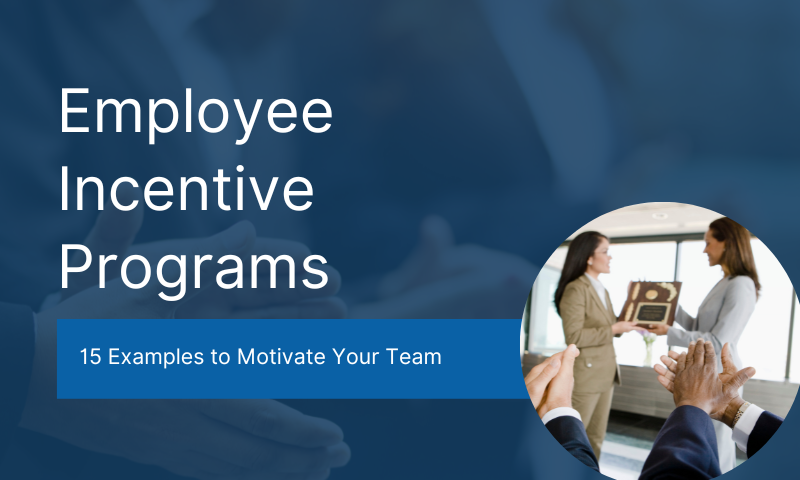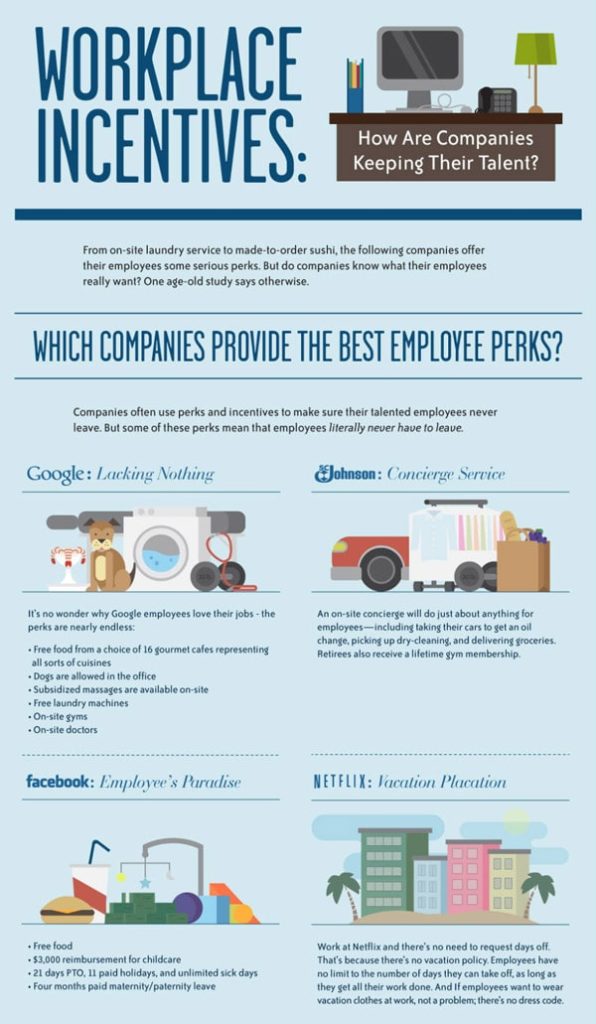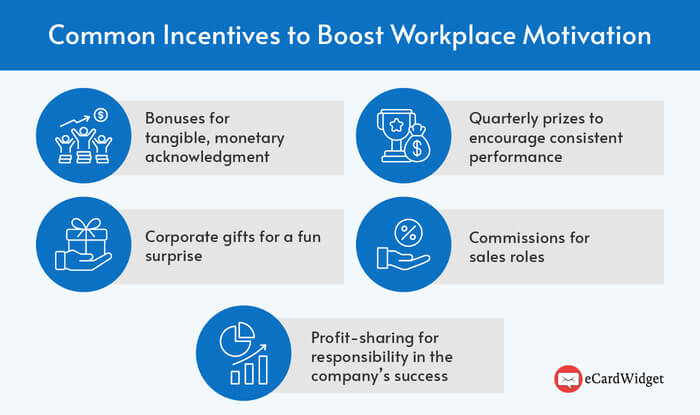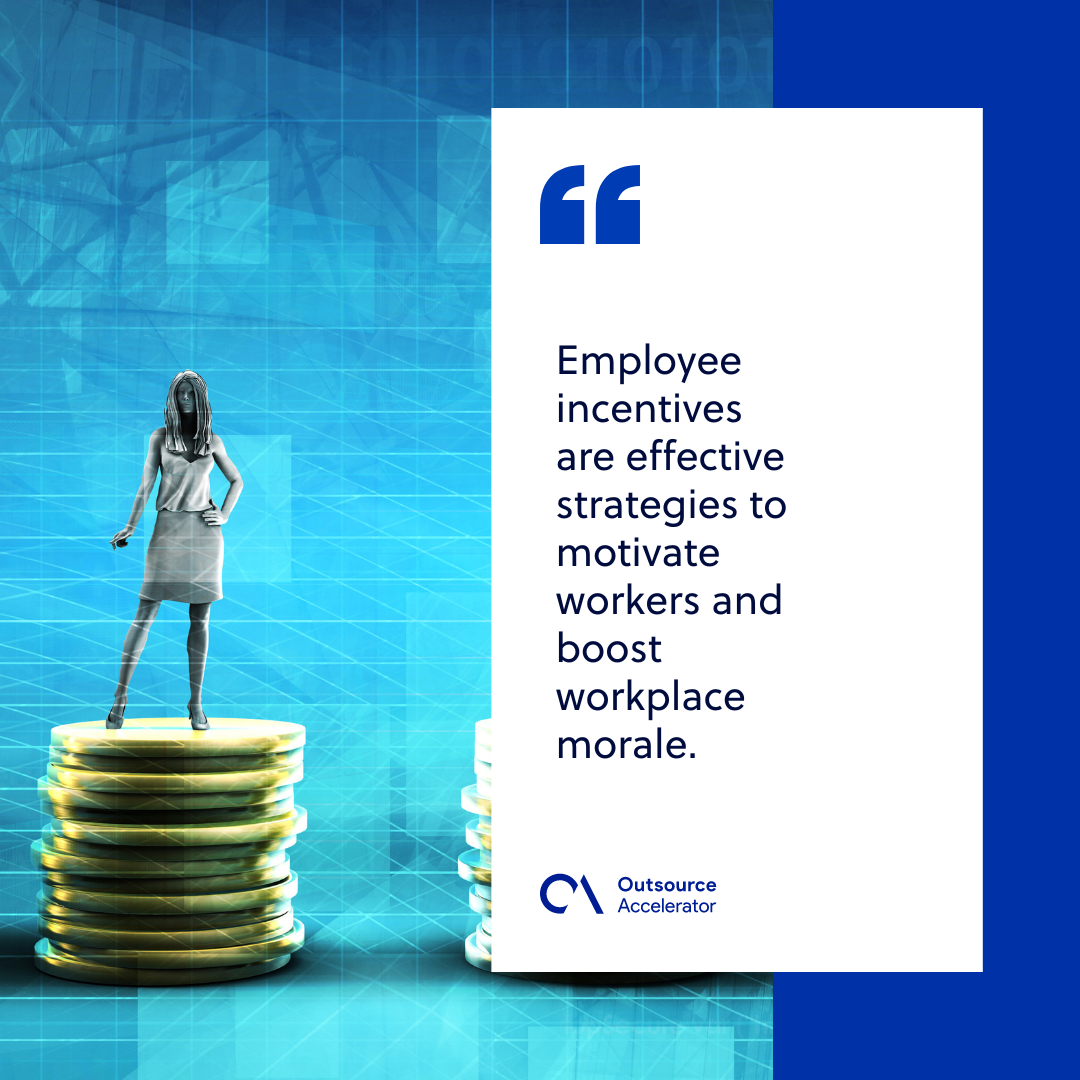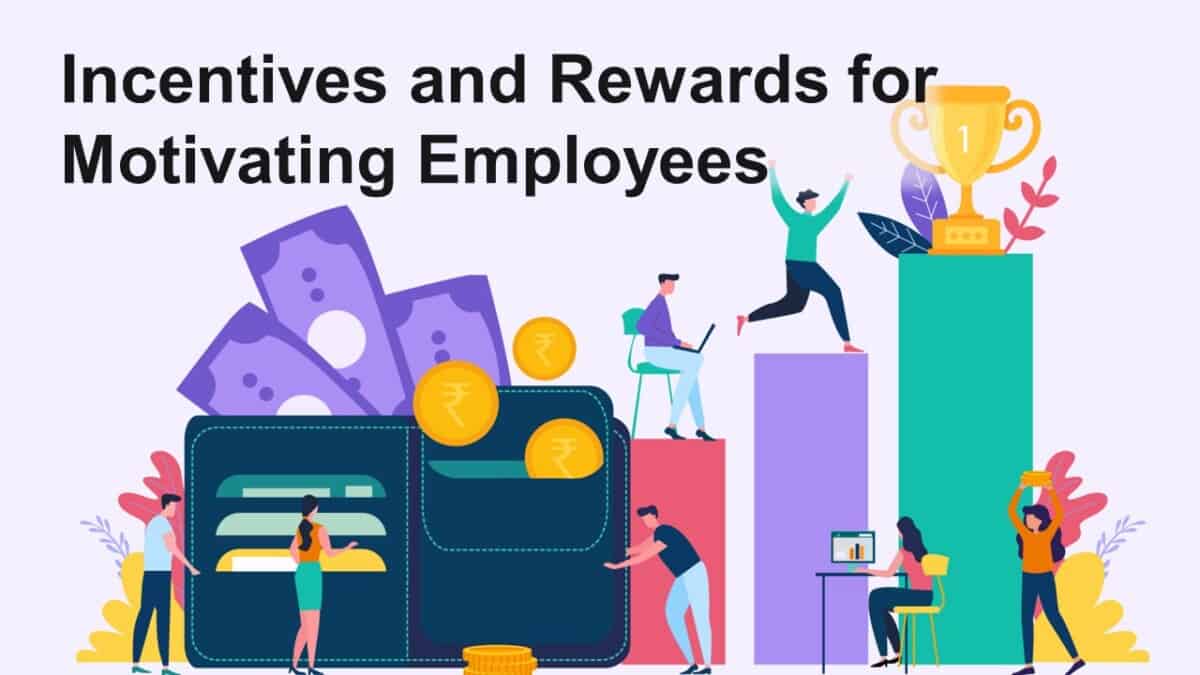Incentives To Get Employees To Work

Empty office cubicles, hushed meeting rooms on Zoom, and the persistent hum of unanswered emails – the post-pandemic workplace is grappling with a stark reality: getting employees back, and engaged, is proving to be a monumental challenge. Traditional perks like ping pong tables and free snacks are no longer cutting it. Employers are now experimenting with a wider array of incentives, from financial bonuses to enhanced flexibility, to lure their workforce back to pre-pandemic productivity levels.
The core question facing businesses today is: what truly motivates employees in this new era of work? This article delves into the burgeoning landscape of employee incentives, exploring the innovative strategies companies are deploying to attract, retain, and re-engage their workforce. We'll examine the effectiveness of various approaches, analyze the data behind these initiatives, and consider the long-term implications for the future of work.
The Allure of Financial Incentives
Perhaps the most straightforward approach is the financial incentive. Companies are offering sign-on bonuses, retention bonuses, and even attendance bonuses to encourage employees to return to the office or boost performance.
According to a recent survey by the Society for Human Resource Management (SHRM), 28% of companies have increased wages or salaries in the past year to attract and retain employees. Furthermore, some businesses are experimenting with profit-sharing programs, giving employees a direct stake in the company's success.
However, some experts caution against relying solely on financial incentives. "Money is a motivator, but it's often a short-term one," warns Dr. Emily Carter, an organizational psychologist at the University of California, Berkeley. "True engagement comes from feeling valued, having opportunities for growth, and believing in the company's mission."
The Power of Flexibility and Autonomy
For many, the freedom and flexibility gained during the pandemic proved to be invaluable. As a result, companies are increasingly recognizing the need to offer more flexible work arrangements.
Hybrid work models, allowing employees to split their time between the office and home, are becoming increasingly common. Companies like Google and Microsoft have embraced hybrid approaches, citing employee feedback and data demonstrating improved productivity and morale.
Beyond hybrid models, some companies are experimenting with fully remote options, four-day workweeks, and flexible hours. "We've found that giving employees more control over their schedules has led to increased job satisfaction and reduced turnover," says Sarah Jones, HR Director at TechSolutions Inc.
Investing in Employee Well-being
The pandemic highlighted the importance of employee well-being. Consequently, companies are now investing in programs that support the physical, mental, and emotional health of their employees.
This includes offering access to mental health services, providing wellness programs, and creating supportive work environments.
"Companies that prioritize employee well-being are seeing a significant return on investment," says John Smith, a consultant at Gallup. "Happier, healthier employees are more productive, more engaged, and less likely to leave."
Some organizations are even offering stipends for gym memberships, healthy food options, and mindfulness training.
Recognizing and Rewarding Performance
Beyond financial incentives and benefits, recognition plays a crucial role in motivating employees. Recognizing and rewarding outstanding performance can boost morale and encourage continued success.
This can take many forms, from simple verbal praise to formal awards ceremonies. Companies are also implementing peer-to-peer recognition programs, allowing employees to acknowledge and appreciate each other's contributions.
“A simple ‘thank you’ can go a long way,” states a report by Deloitte. "Employees who feel appreciated are more likely to be loyal and engaged."
The Future of Employee Incentives
The landscape of employee incentives is constantly evolving. As the workforce becomes increasingly diverse and demands change, companies will need to continue adapting their strategies.
Personalization will be key. A one-size-fits-all approach is no longer effective. Companies need to understand the individual needs and preferences of their employees and tailor their incentives accordingly.
Ultimately, the most successful companies will be those that create a culture of engagement, where employees feel valued, supported, and empowered to do their best work. This requires a holistic approach that combines financial incentives, flexibility, well-being programs, and recognition to foster a thriving and productive workforce for years to come.


